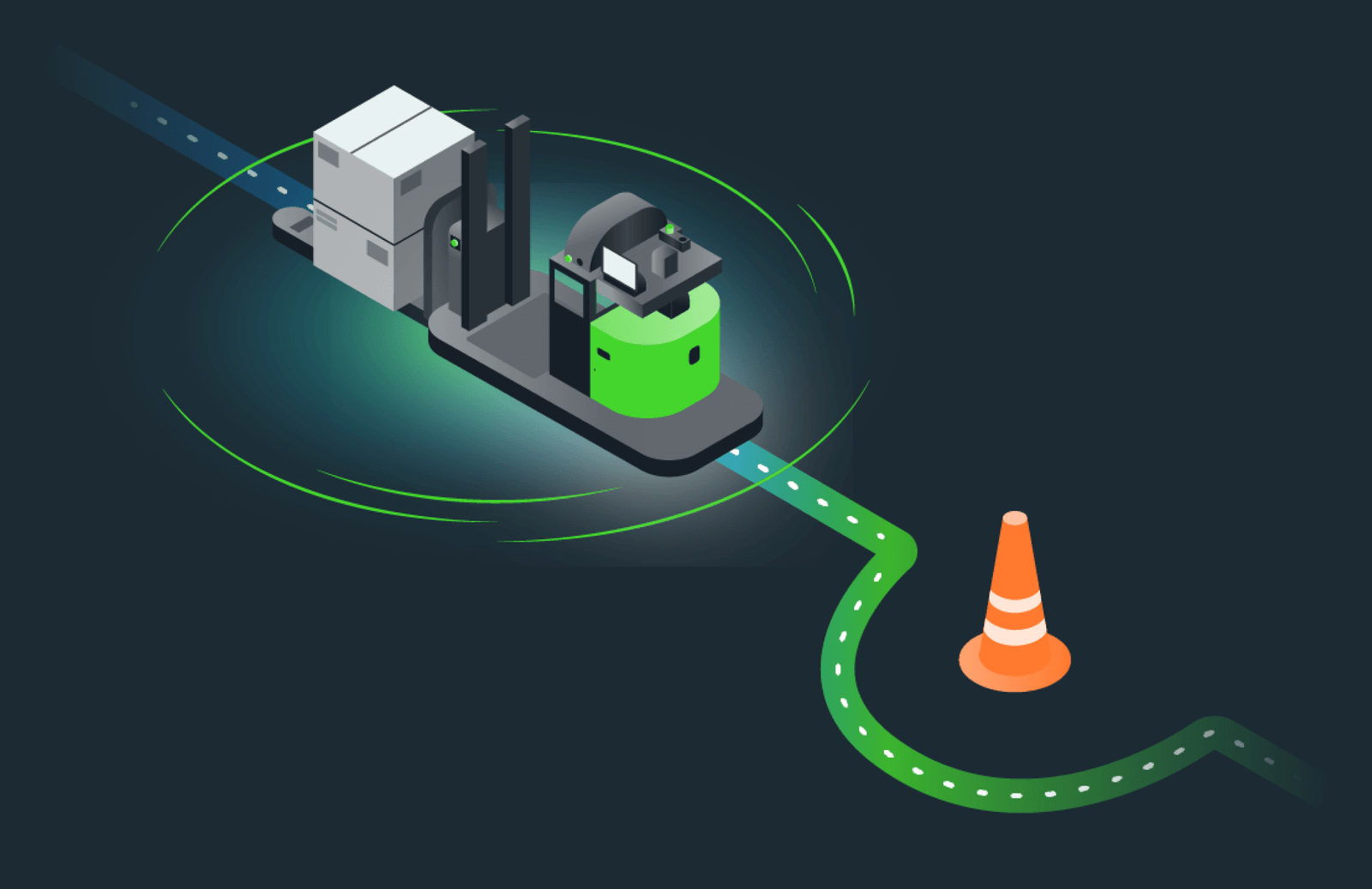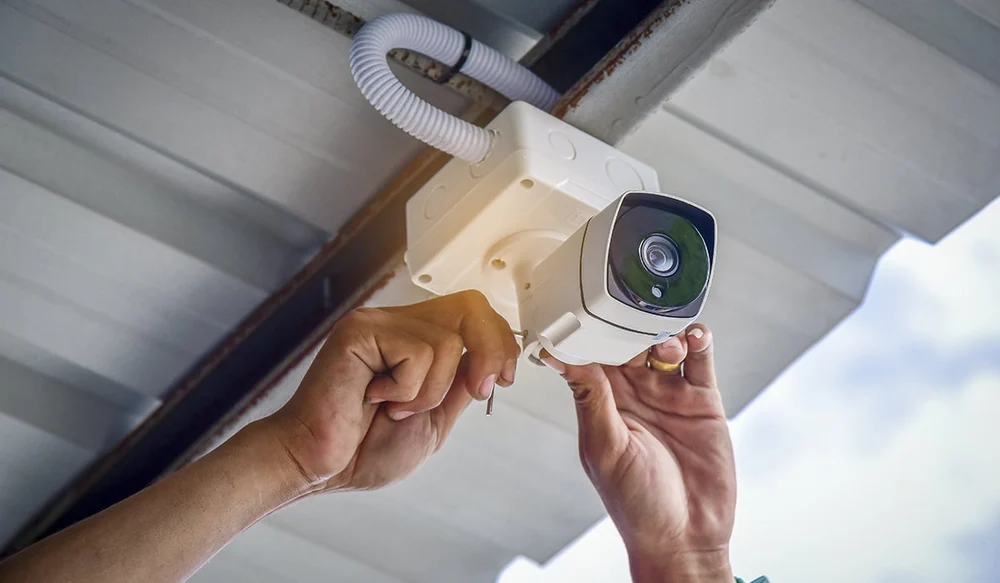Robot Vision : – In the rapidly evolving world of robotics, obstacle avoidance technology plays a crucial role in enabling autonomous navigation and efficient performance. Among the most advanced solutions are the S-Series Obstacle Avoidance Robot Cameras, designed to deliver high precision and reliability in various robotic applications. Whether you are developing industrial robots, automated guided vehicles (AGVs), or service robots, understanding the features and capabilities of these cameras is essential.
This article will explore the technology behind obstacle avoidance robot cameras, the unique advantages of the S-Series, installation tips, and practical applications. Robot Vision By the end, you’ll have a clear understanding of why the S-Series is a game-changer in robot vision systems.
What Are Obstacle Avoidance Robot Cameras?
Obstacle avoidance robot cameras are specialized vision sensors that allow robots to detect and avoid obstacles in real-time. These cameras combine 3D vision, depth sensing, and advanced image processing to provide accurate spatial awareness. Unlike traditional 2D cameras, obstacle avoidance cameras deliver detailed environmental mapping, enabling smooth navigation even in complex or dynamic environments.
These cameras are integral to autonomous robots, enhancing safety and efficiency by minimizing collisions and improving path planning.
Key Features of the S-Series Obstacle Avoidance Robot Cameras
The S-Series robot cameras represent a cutting-edge solution in the market, designed with several standout features:
- 3D Depth Sensing: Provides accurate distance measurements to objects, enabling precise obstacle detection with Robot Vision.
- Wide Field of View: Covers larger areas, reducing blind spots and enhancing situational awareness.
- High Frame Rate: Captures fast-moving objects smoothly, essential for robots operating at higher speeds.
- Robust Design: Built to withstand industrial environments with dust, vibrations, and temperature variations.
- Easy Integration: Compatible with popular robotics platforms and communication protocols.
If you want to explore the S-Series in more detail, click here for comprehensive specs and purchasing options.
How Do S-Series Cameras Enhance Robot Navigation?
Integrating the S-Series cameras into your robotic system significantly improves navigation through several mechanisms:
Precise Environment Mapping
Using stereo vision and time-of-flight (ToF) technology, these cameras generate detailed 3D maps of the robot’s surroundings. This allows the robot to identify not only the position but also the size and shape of obstacles.
Real-Time Obstacle Detection
With high processing speed, the cameras detect obstacles instantly and feed data to the robot’s control system to adjust its path dynamically. This minimizes risks of collisions and downtime.
Adaptive Path Planning
The advanced vision algorithms combined Robot Vision with the camera’s data enable robots to plan optimal routes, avoiding obstacles efficiently and reducing travel time.
Applications of S-Series Obstacle Avoidance Robot Cameras
These cameras are used across diverse industries and robotic applications, including:
- Industrial Automation: In factories, AGVs equipped with S-Series cameras can navigate busy floors, avoiding machinery and workers.
- Service Robots: Robots providing delivery or cleaning services in dynamic environments like hotels or hospitals rely on precise obstacle avoidance.
- Agricultural Robotics: Autonomous tractors or harvesters use obstacle avoidance cameras to maneuver around plants and equipment.
- Security and Surveillance Robots: Mobile security robots patrol large facilities while avoiding obstacles in real time.
Installation Guide for S-Series Obstacle Avoidance Cameras
Setting up these cameras correctly is vital for optimal performance Robot Vision. Here’s a basic installation guide:
Step 1: Choose the Right Mounting Location
Position the cameras where they can get an unobstructed view of the robot’s immediate path. Ensure they are protected from dirt and potential damage.
Step 2: Connect to Robot Control System
Use compatible interfaces such as USB or Ethernet to connect the cameras to your robot’s processing unit. Make sure cables are secured and protected from wear.
Step 3: Calibrate the Cameras
Calibration ensures accurate depth perception. Follow manufacturer instructions to calibrate using the supplied software tools, adjusting for lighting and environmental factors.
Step 4: Integrate with Navigation Software
Incorporate camera data into your robot’s navigation algorithms. Test obstacle detection Robot Vision and avoidance in controlled environments before deployment.
Tips for Maintaining Your S-Series Cameras
To keep your cameras performing at their best:
- Regularly clean the lenses with appropriate materials to avoid scratches.
- Check cable connections for wear and replace if necessary.
- Update firmware periodically to benefit from the latest features and improvements.
- Monitor camera alignment and recalibrate if the robot experiences impacts Robot Vision.
Benefits of Using S-Series Over Other Systems
While many obstacle avoidance cameras exist, the S-Series stands out due to:
- Higher Accuracy: Superior depth sensing reduces false detections.
- Durability: Designed for tough environments where other cameras might fail.
- Ease of Use: Straightforward installation and compatibility reduce setup time.
- Cost-Effectiveness: Offers advanced features at a competitive price point.
Conclusion
The S-Series obstacle avoidance robot cameras represent a powerful tool for developers and manufacturers aiming to enhance robotic navigation and safety. Their precision, robustness, and ease of integration make them a top choice in the growing field of autonomous Robot Vision.
By investing time into proper installation and maintenance, your robots can achieve smoother, safer, and more efficient operation. Robot Vision For detailed product information or to purchase, remember to click here.



